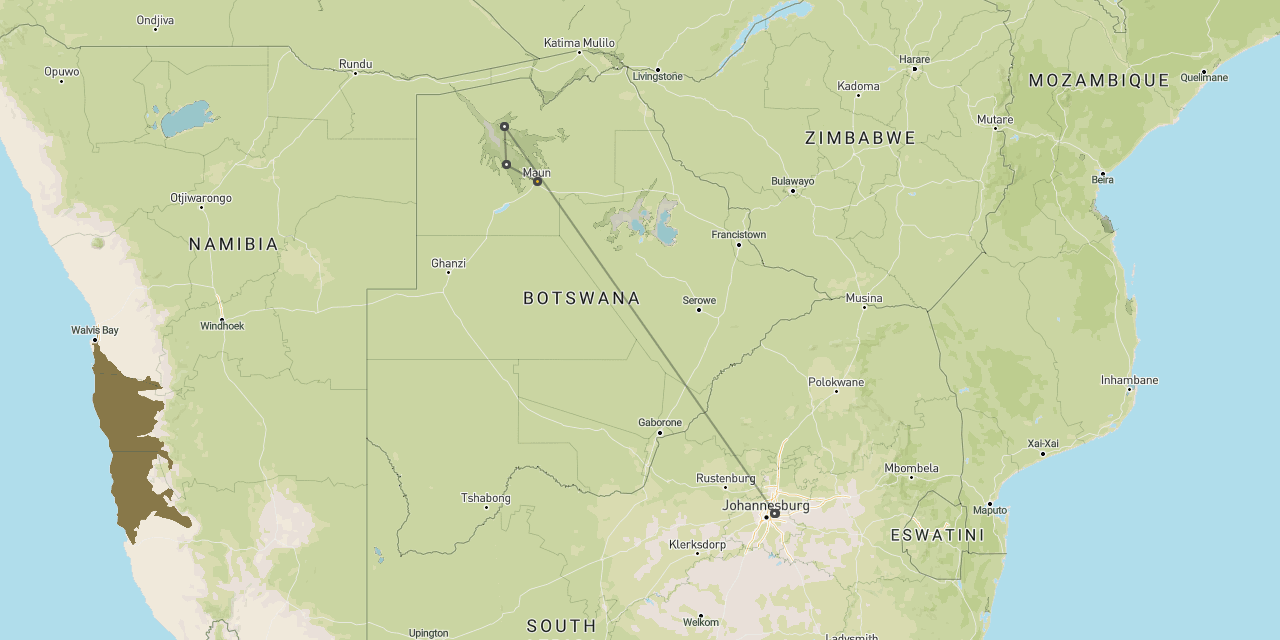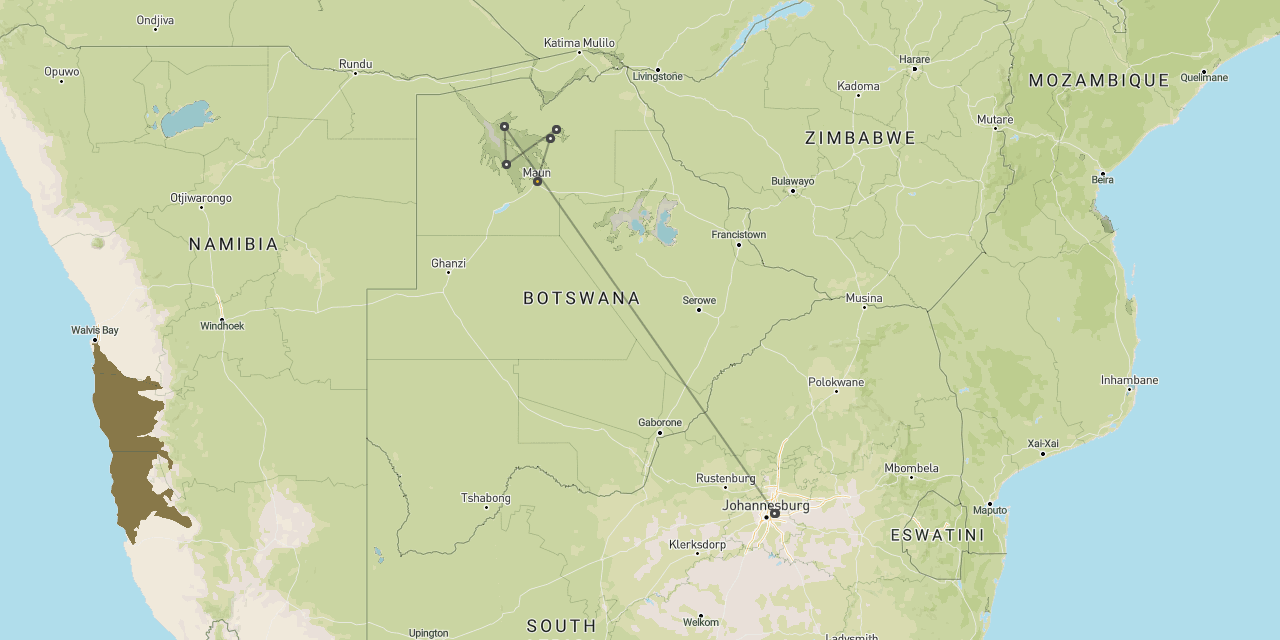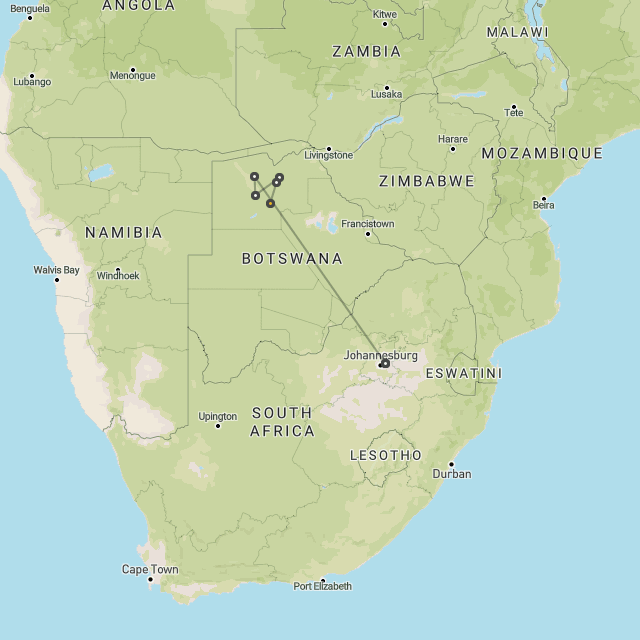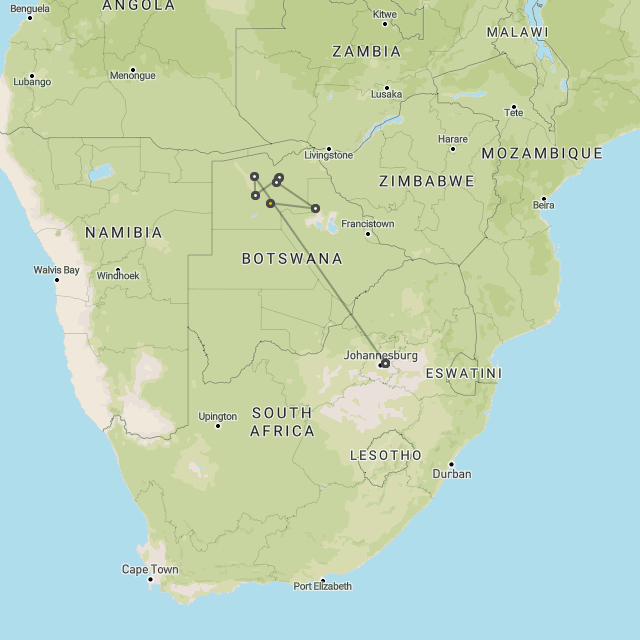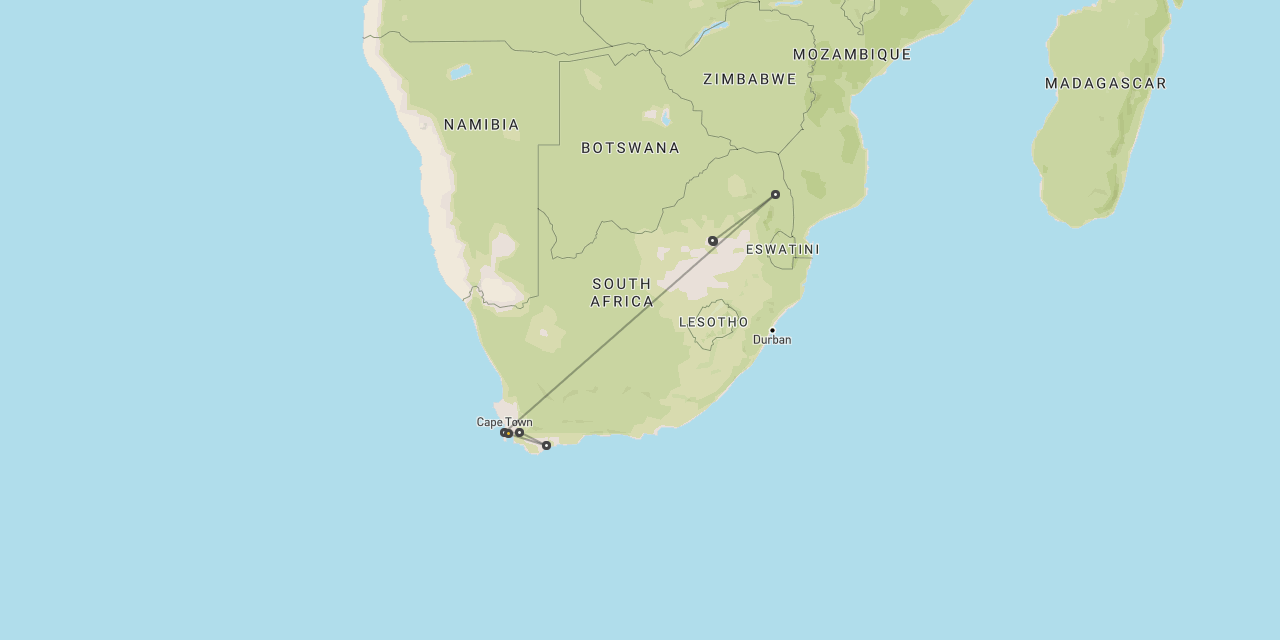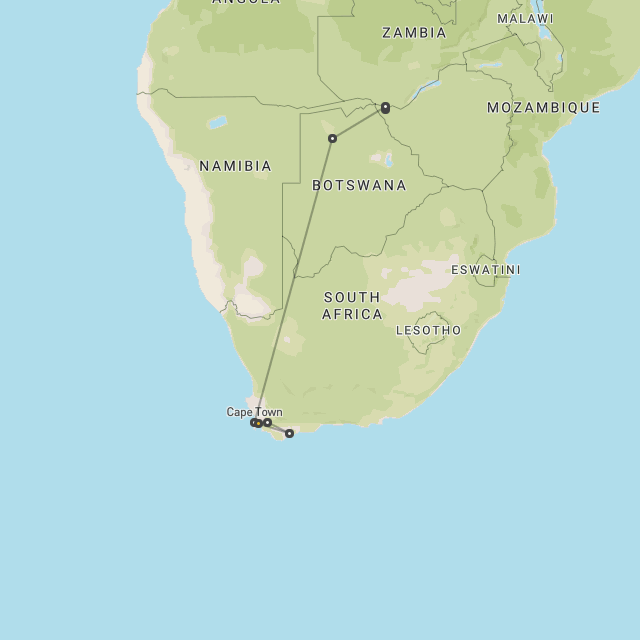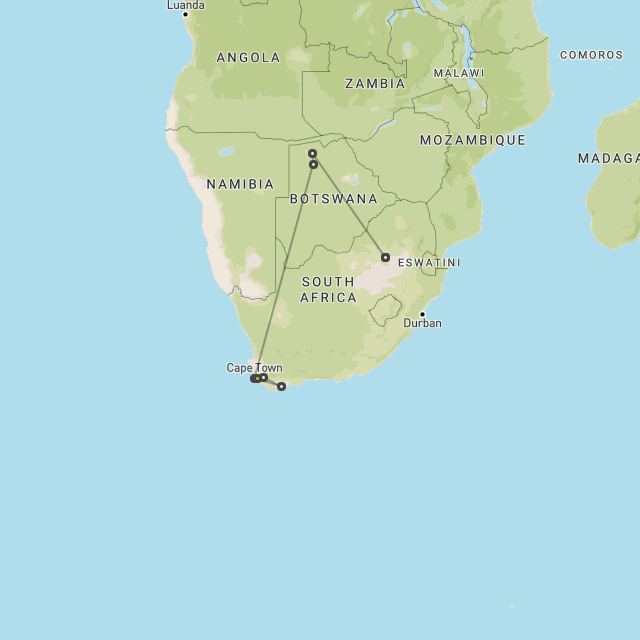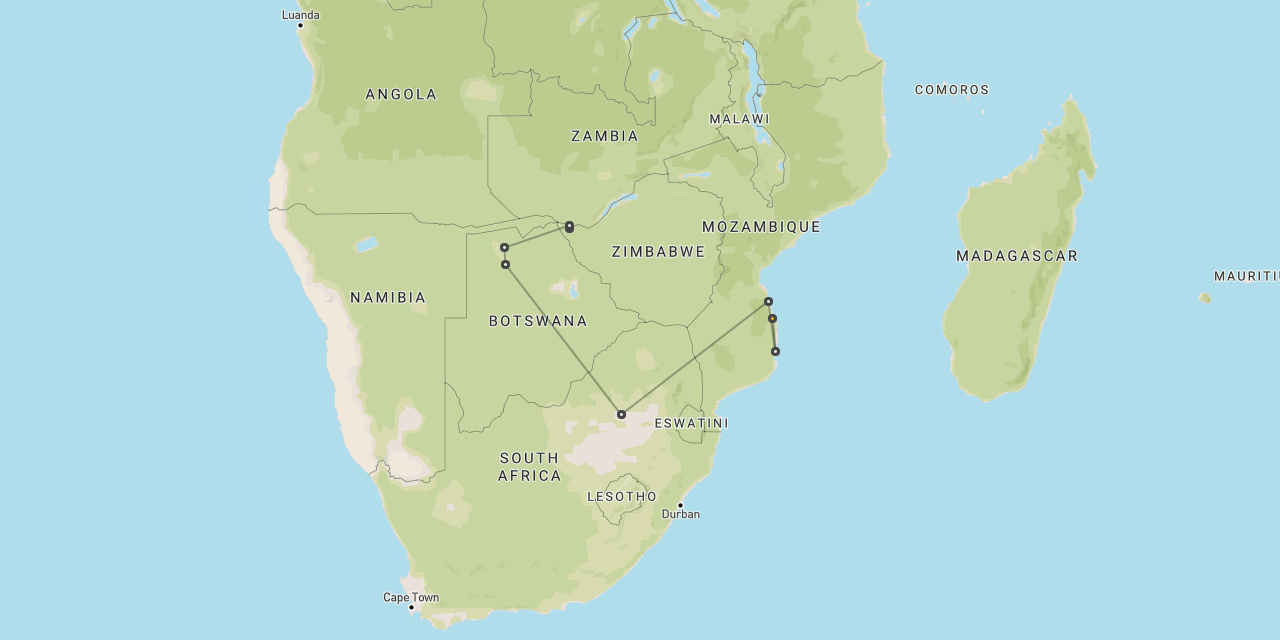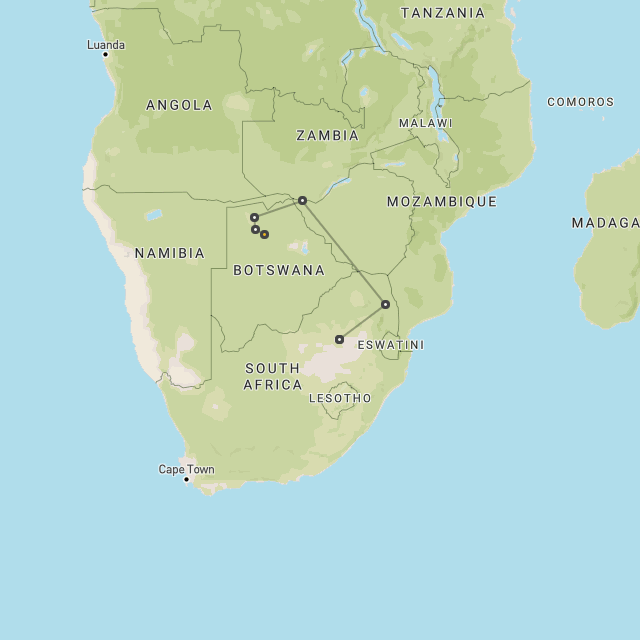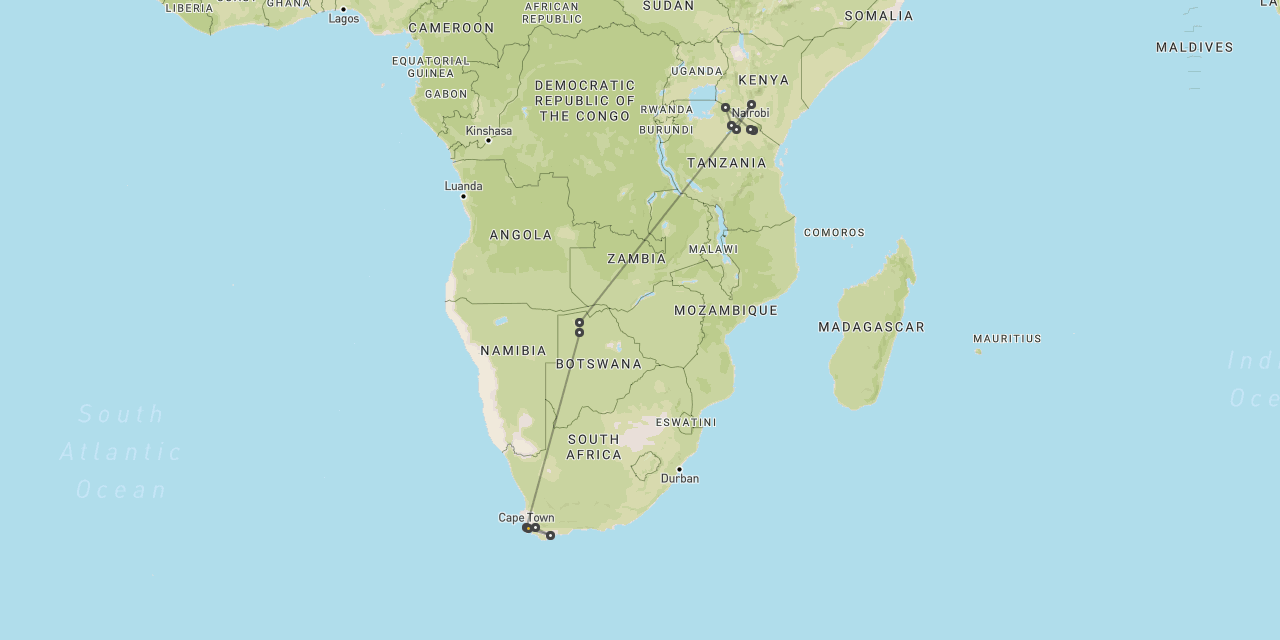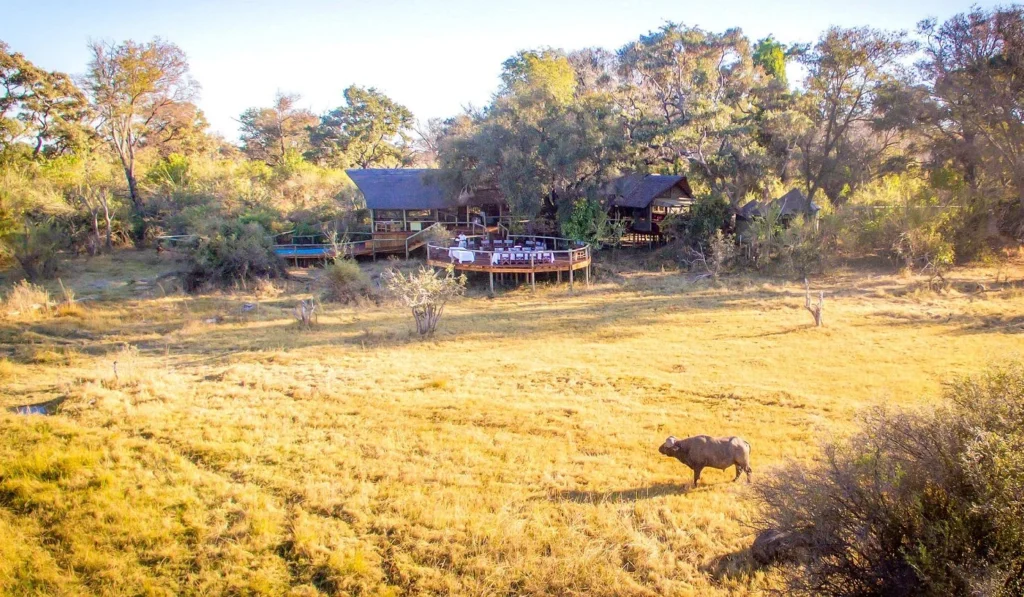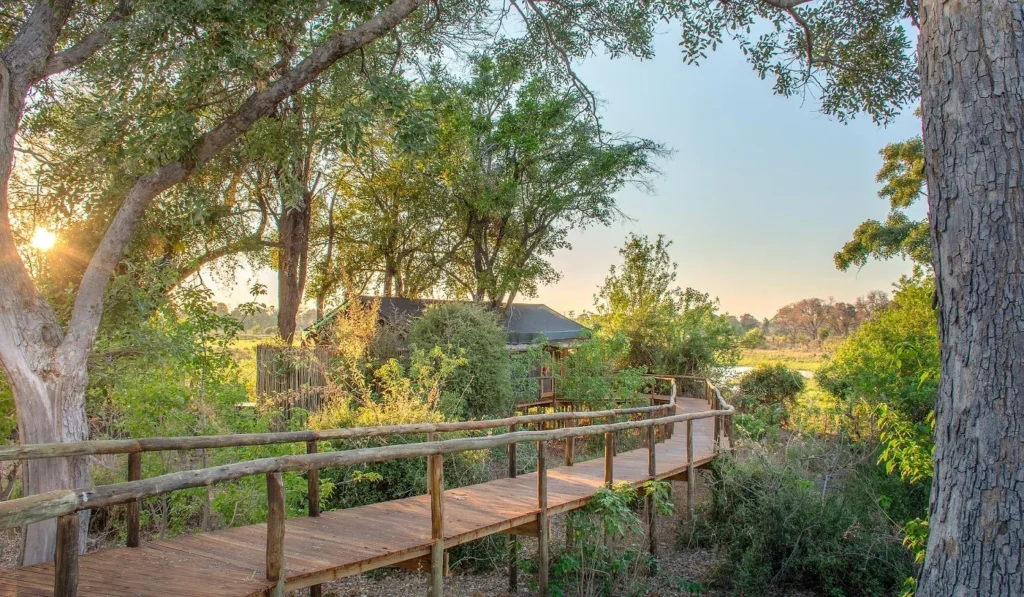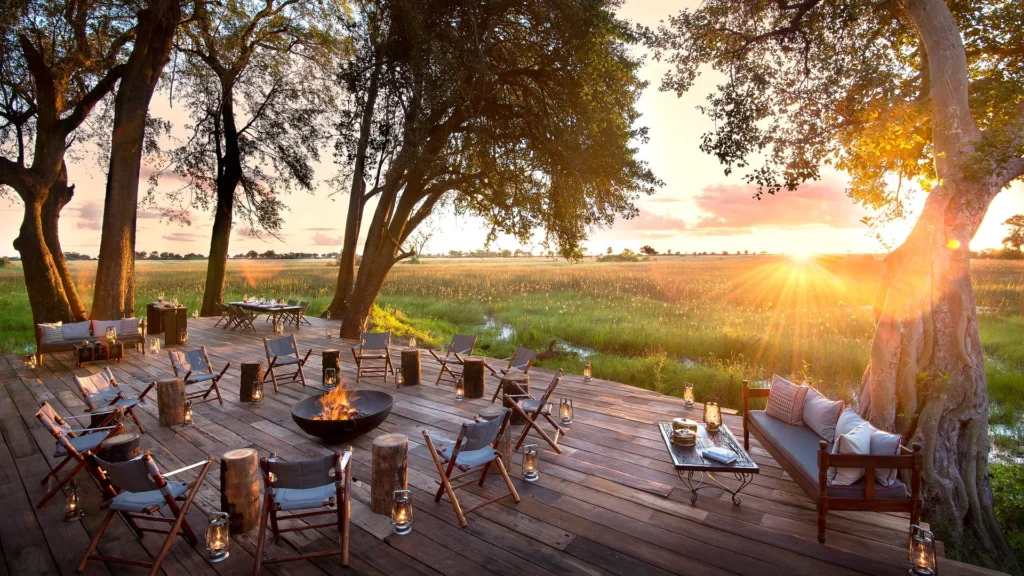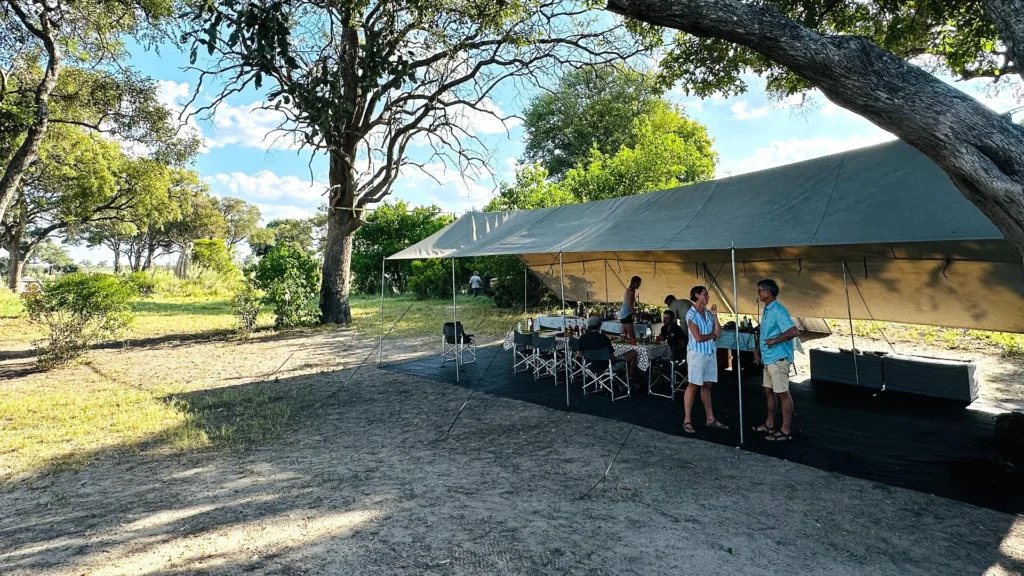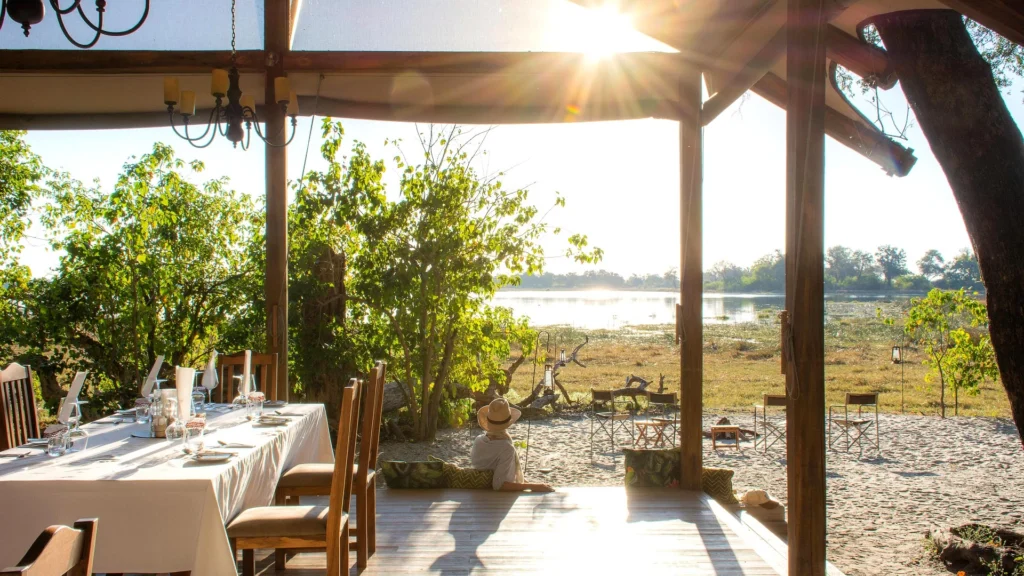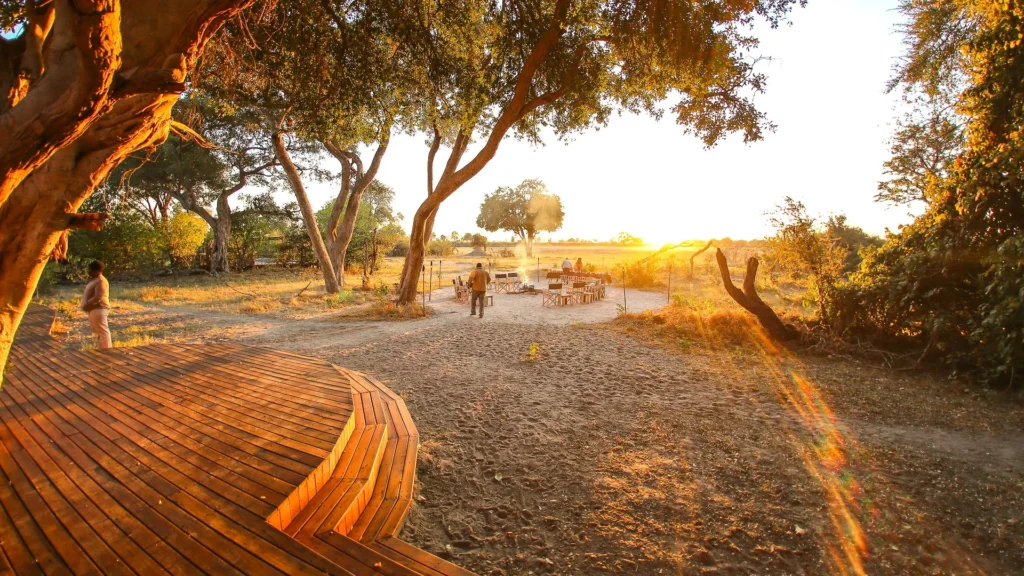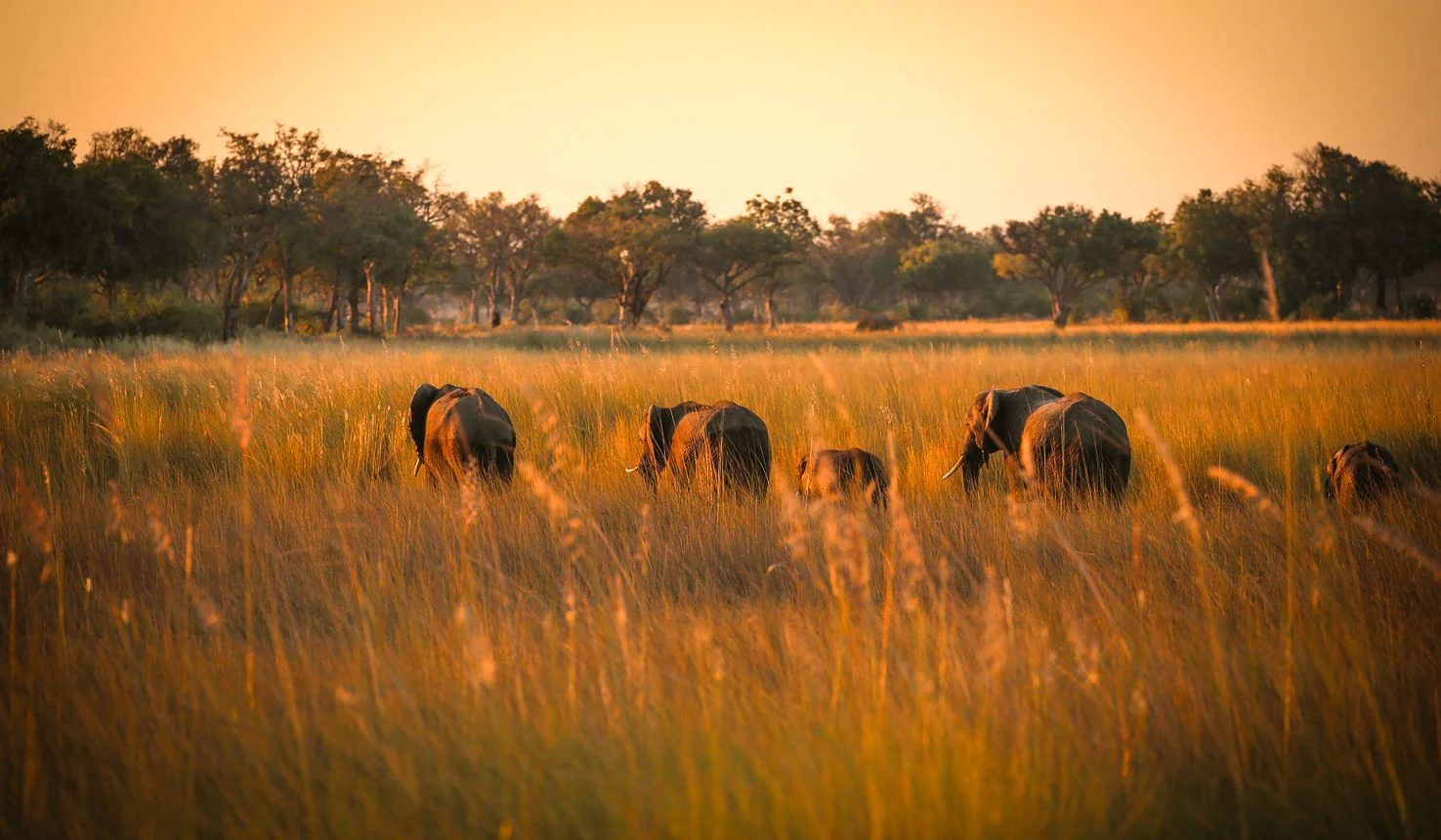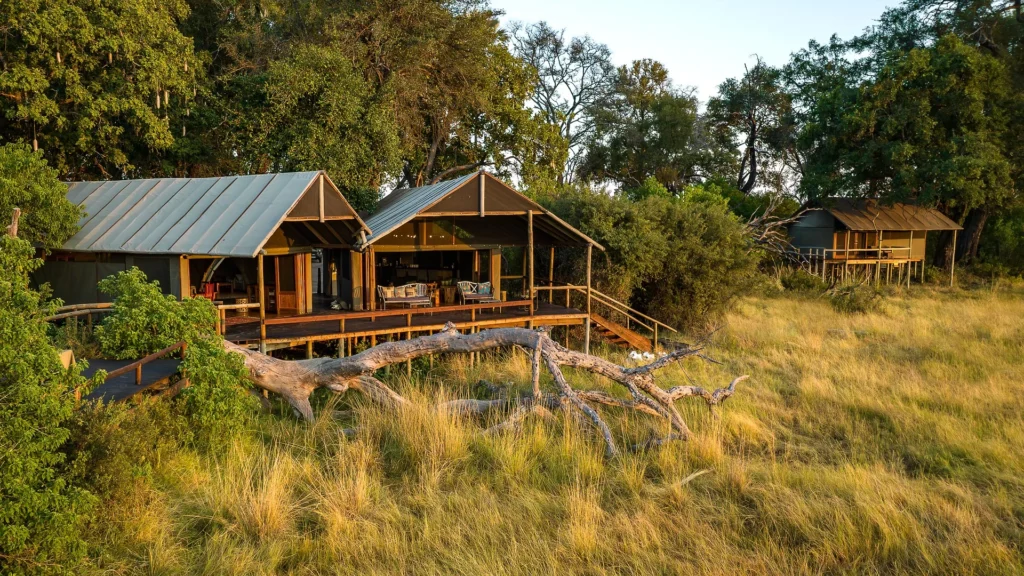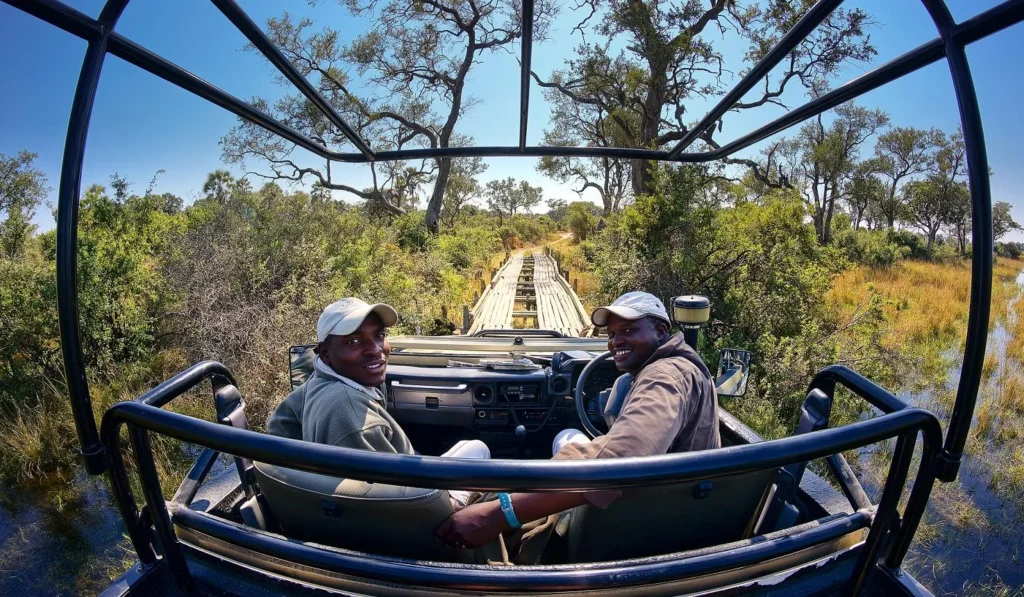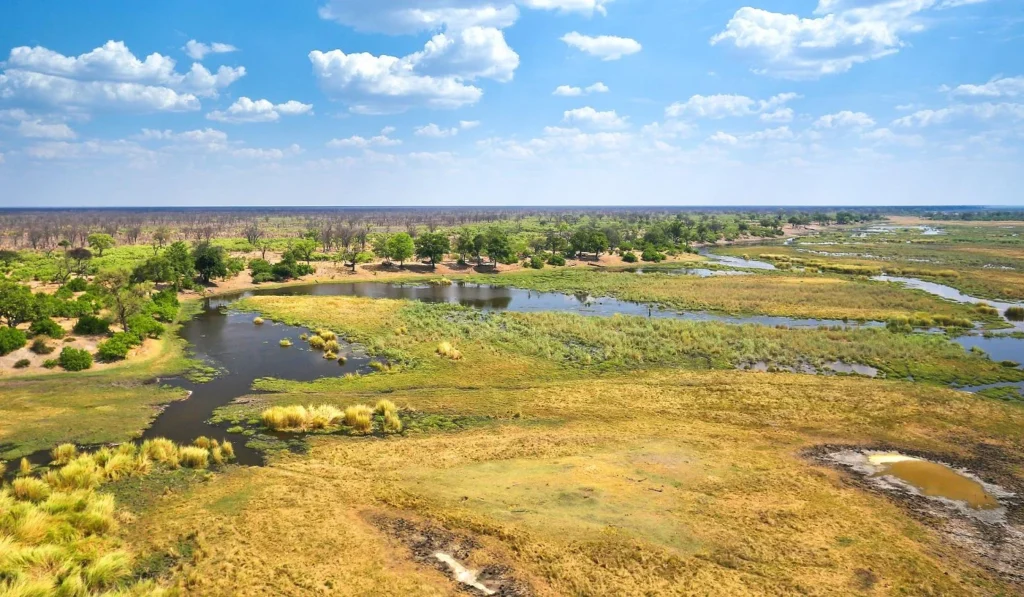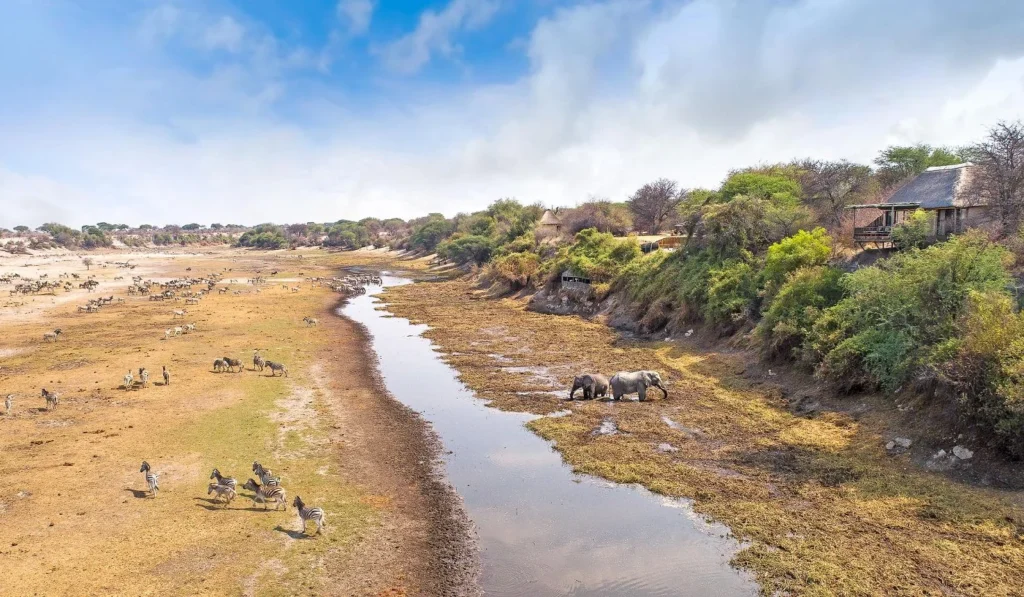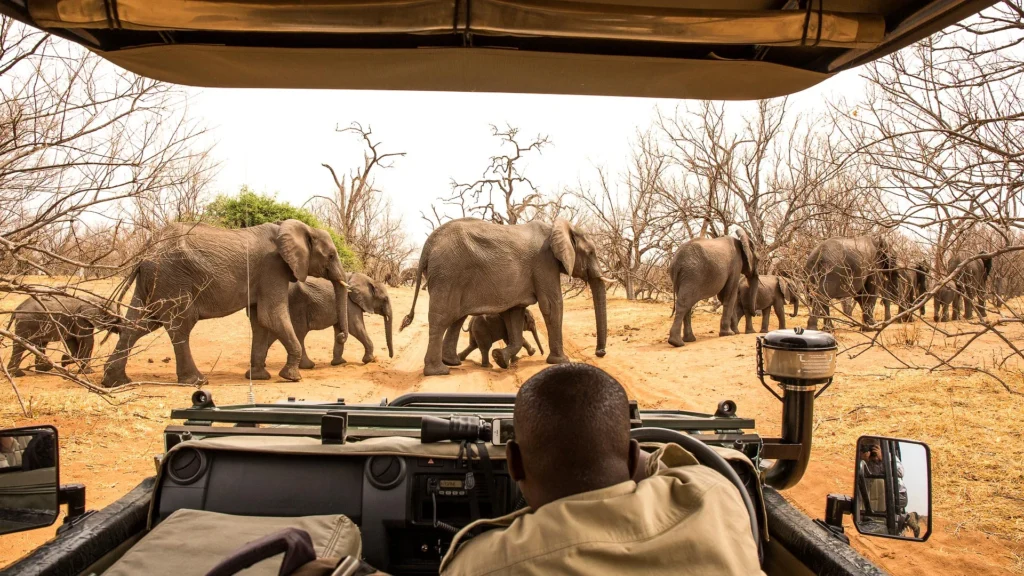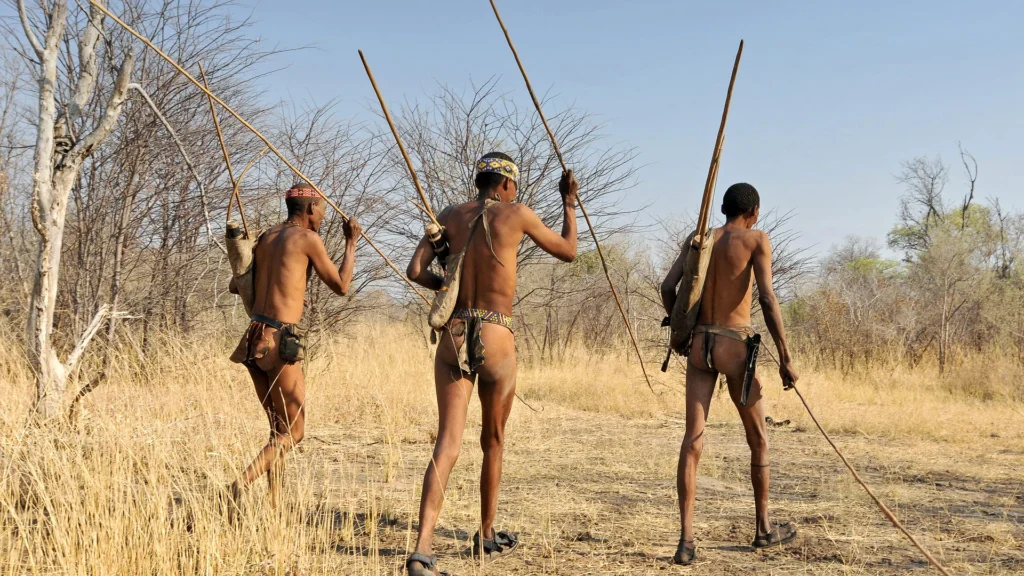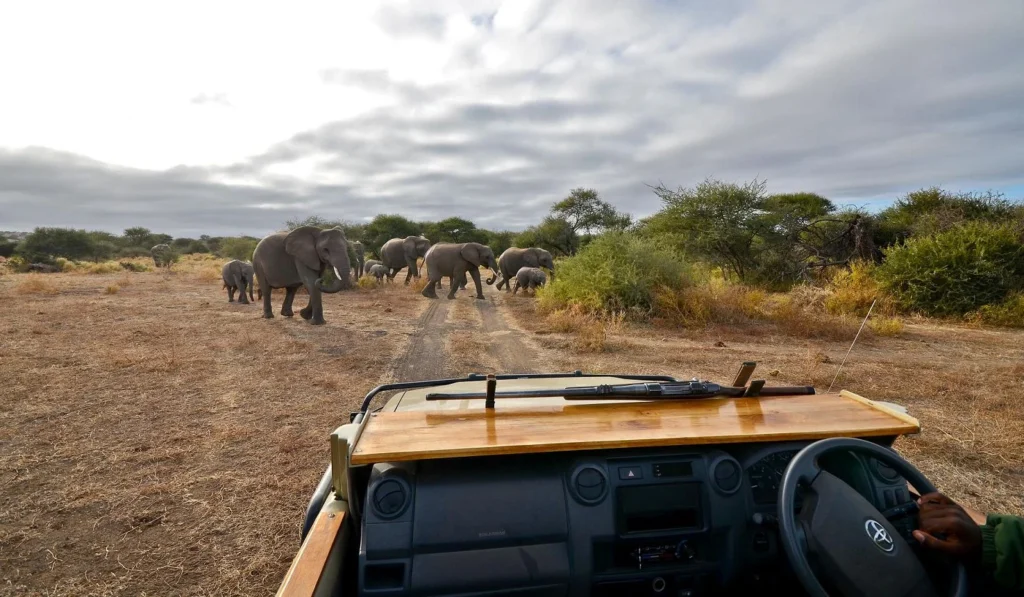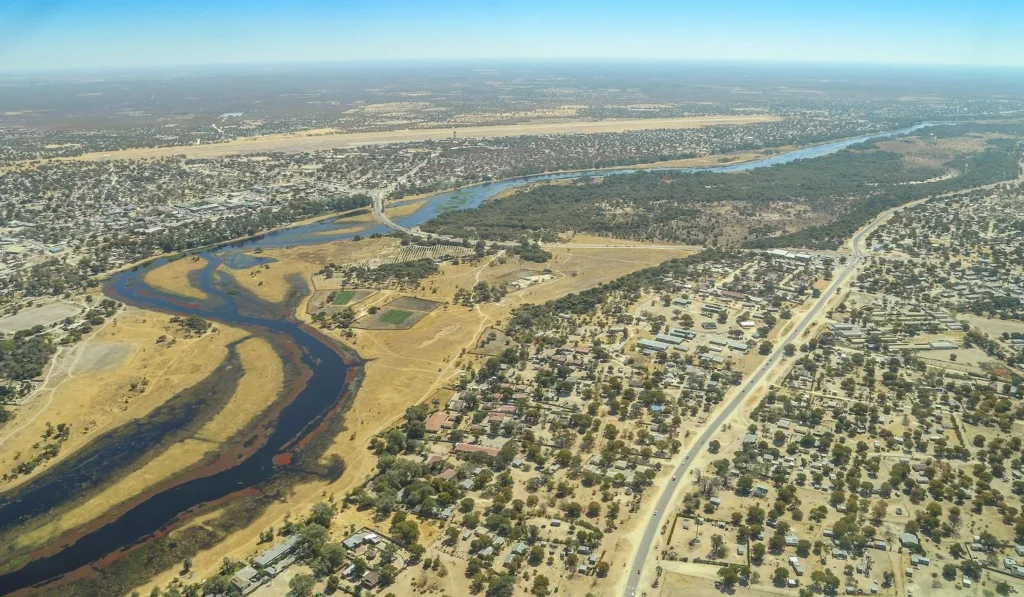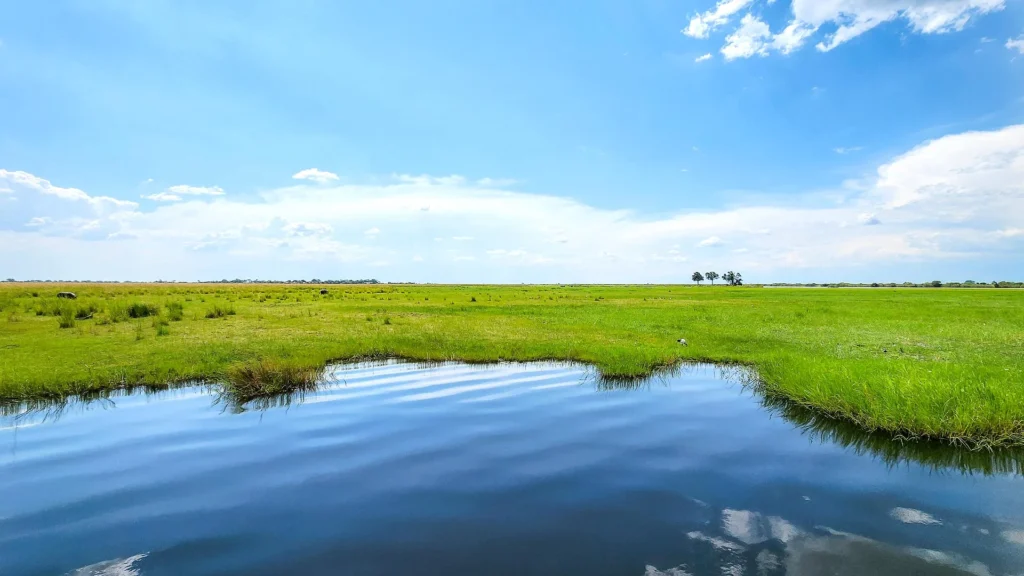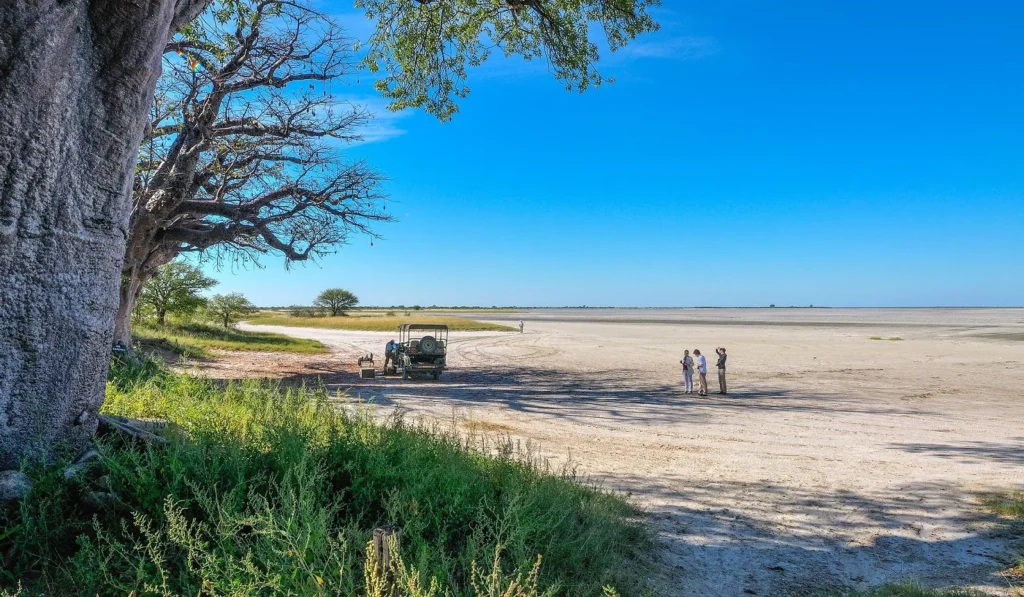
Okavango Santawani
Okavango Santawani
an up-and-coming area
with a handful of diverse camps
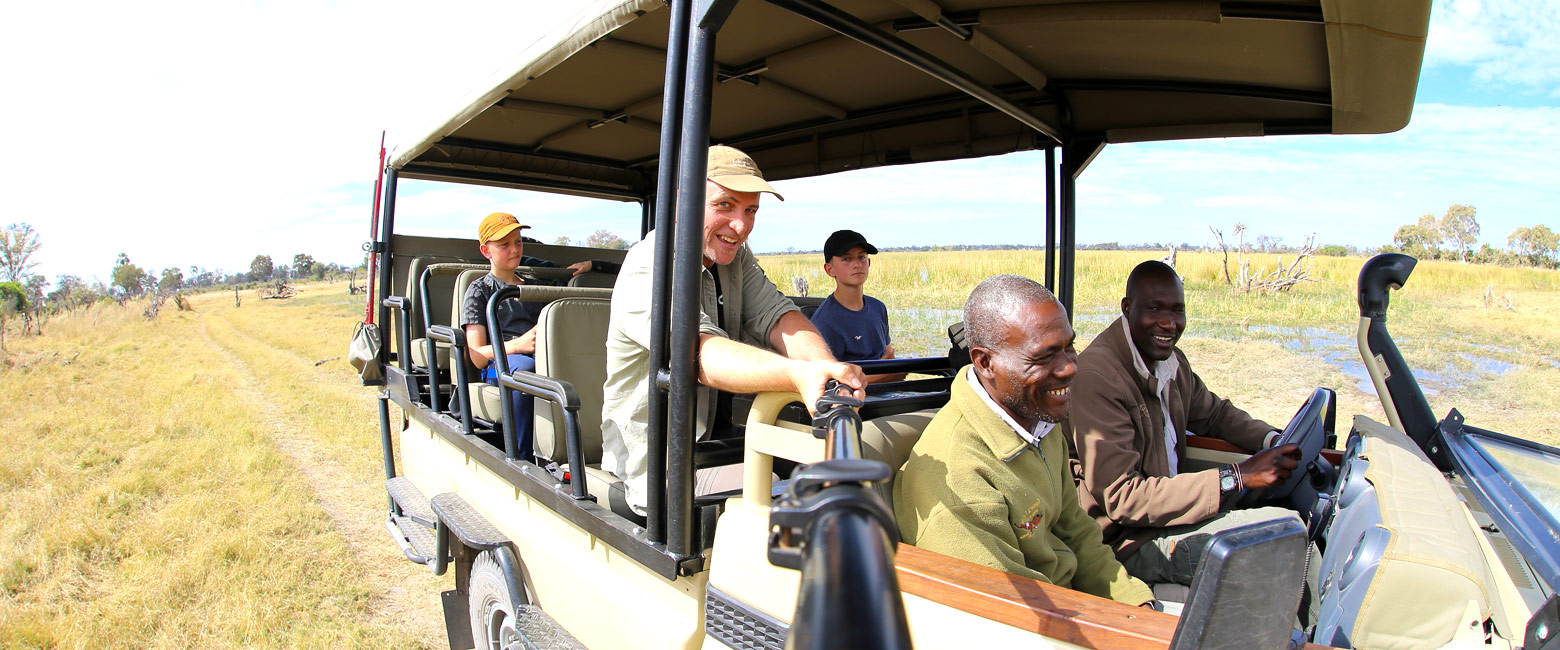
the wildlife here is improving every season
At around 710 square kilometres, the Okavango Santawani Concession is a decent quality private safari area subdivided between a number of different safari operators.
The Dinare Concession is a 270 square kilometre subdivision of the Santawani area which is used exclusively by one safari operator.
The concession is restricted to 40 guests in two small camps, around 7 square kilometres per person, which is a reasonably low guest density by local standards.
Apart from a cluster of buildings around the airstrip, this private concession is an utterly pristine wilderness where you are free to explore unhindered by the strict regulations and often chronic vehicle traffic of the national parks.
The area is predominantly dry mopane woodland where wildlife viewing can be quite challenging, but in the southwest corner there is frontage onto the Gomoti River, extensive floodplains and some very pretty stands of hardwood forest.
The concession offers reasonably strong wildlife viewing year round, although lions, spotted hyenas and wild dogs tend to migrate through the area rather than stick around.
The main potential downsides are the lack of motorboat safari and that major predators can be a little elusive.
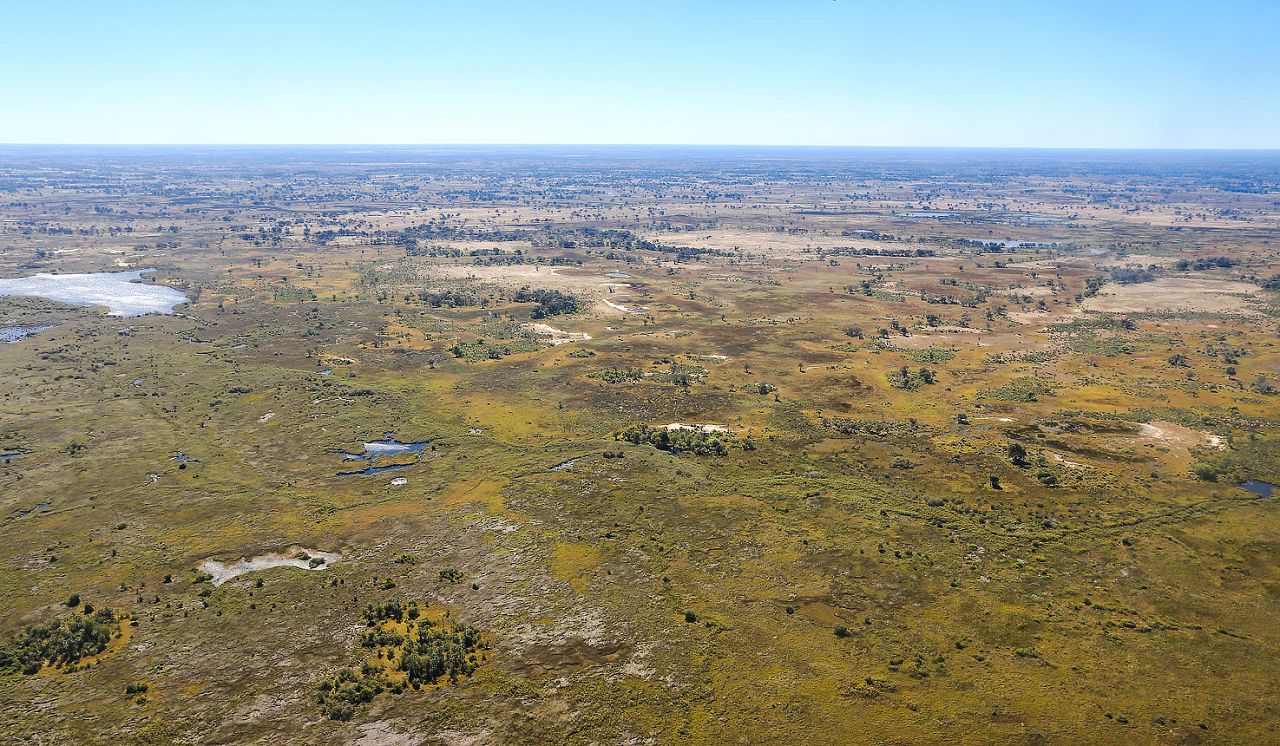
Gallery
Map
When it comes to trip shapes and durations in Botswana, most visitors combine 2, 3 or 4 lodges by light aircraft over 6-12 nights, one or two of which will usually be here in Okavango Delta, combined with the Linyanti Waterfront and/or Makgadikgadi areas.
These trips are often done in combination with further nights at the Victoria Falls and/or down in the Cape.
The usual stay duration here on the Santawani Concession is 2-3 nights.
Seasonality
The May-Jun flood season is a period of transition from the hot wet summer to the cool dry winter, with lots of baby animals around and the arrival of the floodwaters. It is considered a great time to visit.
Temperatures can drop towards freezing during the night, but this has little adverse effect on safari.
The majority of camps are also significantly discounted during this time.
The flood in this eastern part of the delta is usually late, unreliable and relatively light, meaning that the camps remain primarily focused on land-based safari during this period.
For this reason the area is commonly combined with another wetter concession for boating activities.
Sightings are reasonably strong throughout this period, although rarely to the level of prime areas such as Okavango Kwara.
The Jul-Sep dry season is the classic time to visit the Okavango Delta and is generally considered to be the best time for wildlife viewing, as many animals are drawn to the water.
During Jul-Aug, cooler temperatures may continue, but conditions are great for safari. This is very much the high season in terms of prices and visitor numbers.
The flood in this eastern part of the delta is usually late, unreliable and relatively light, so the main focus is on vehicle safari, with sightings being at their best through this period.
Camps are usually able to offer some limited mokoro canoe safari for most of this period, although this is likely to tail off into September.
The Oct-Dec hot wet season is the transition period between the peak of the dry season and the start of the rains.
Temperatures and humidities can become uncomfortably high in Oct-Nov in advance of the rains.
With the floods having receded in most areas, the wildlife tends to become very concentrated around the few remaining water sources, making for very strong wildlife viewing.
The main focus is on vehicle safari, with sightings being reasonably strong through this period.
Boating activities become much less widely available, only those camps with access to permanent deepwater channels being able to continue operations.
If significant rainfall does arrive, it usually comes in short sharp showers and generally has little negative effect on safari conditions. Some animals may disperse but sightings remain strong.
The majority of camps are significantly discounted during this time.
Jan-Apr is the main green season in the Okavango Delta, when the area experiences the majority of its rainfall and there are lots of baby animals around. Temperatures and humidity remain elevated but have dropped slightly.
Dec-Feb threatens the greatest chance of prolonged cloud and rain.
The seasonal waterholes become replenished and a proportion of the animals disperse from the delta in search of better grazing. But despite these effects, safari remains strong throughout.
The main focus is on vehicle safari, with sightings being reasonably strong through this period
The majority of camps are significantly discounted throughout this season so it is a very smart time to travel, especially towards April.
Getting there
All of the camps in the Santawani area are usually accessed by light aircraft into the local bush airstrip. There are daily flight connections between all the camps in Okavango, Linyanti, the main airport at Maun and Kasane.
Unusually the camps can also be reached by vehicle from Maun in 3-4 hours, which is a pleasant drive and can save a great deal of money, especially for larger groups.
Excitingly, the area can also be connected by motorboat with camps further west in the Okavango Delta, notably Splash Camp and Kwara Camp (which are under the same ownership).
the best time for wildlife is the May-Nov dry season
Further reading
- Safari in Okavango
- Safari in Okavango Abu
- Safari in Okavango Chitabe
- Safari in Okavango Duba Plains
- Safari in Okavango Gunns
- Safari in Okavango Jao Flats
- Safari in Okavango Khwai River
- Safari in Okavango Khwai Village
- Safari in Okavango Kwara
- Safari in Okavango Mababe
- Safari in Okavango Moremi Central
- Safari in Okavango Moremi Mopane
- Safari in Okavango Nxabega
- Safari in Okavango Panhandle
- Safari in Okavango Ranns
- Safari in Okavango Santawani
- Safari in Okavango Sekwana
- Safari in Okavango Selinda South
- Safari in Okavango Shindi
- Safari in Okavango Stanleys
- Safari in Okavango Vumbura
let us know your thoughts about Botswana
and we will help you create the perfect safari
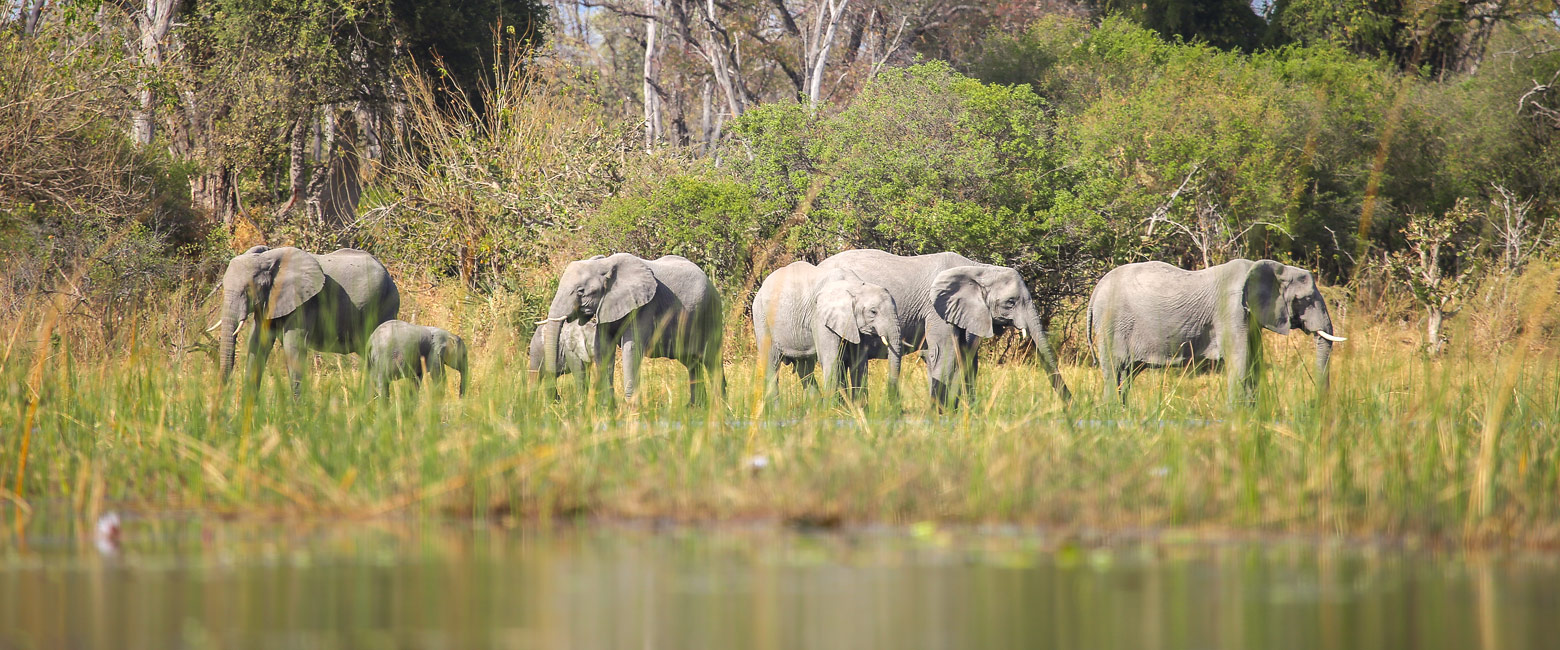
Extraordinary tailor-made adventures,
from earthy and edgy to easy and extravagant
From around USD 2500 per person, you set the ceiling
Sample Trips
Here are some of our popular trip shapes
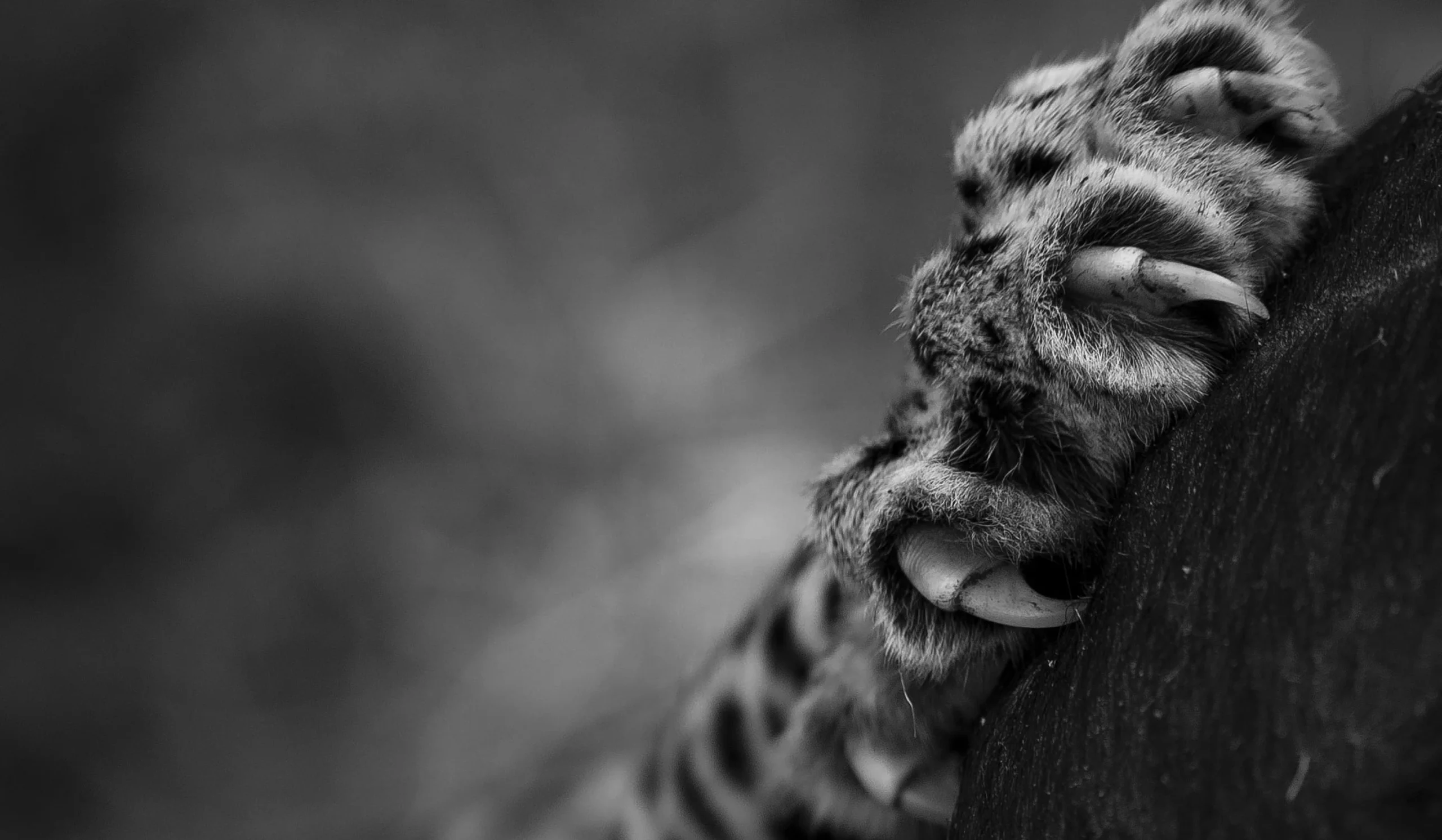
Get started on your trip
It’s never too soon to get in touch, we are here to help with every stage of your planning.
Best Lodges
We regularly inspect and photograph all of the the best lodges, to ensure that we always recommend the most suitable options
Key Locations
Take a look around related locations. Click ‘View more’ to explore locations further afield.








